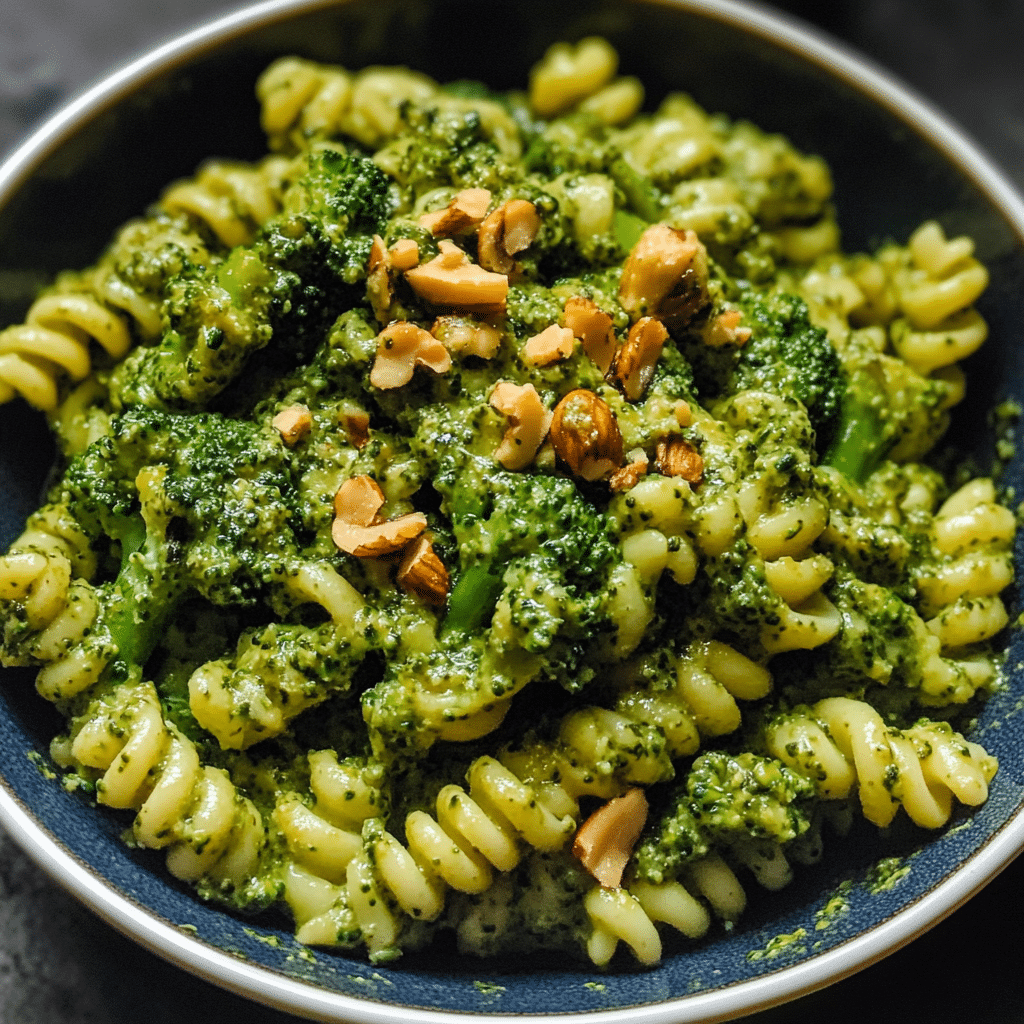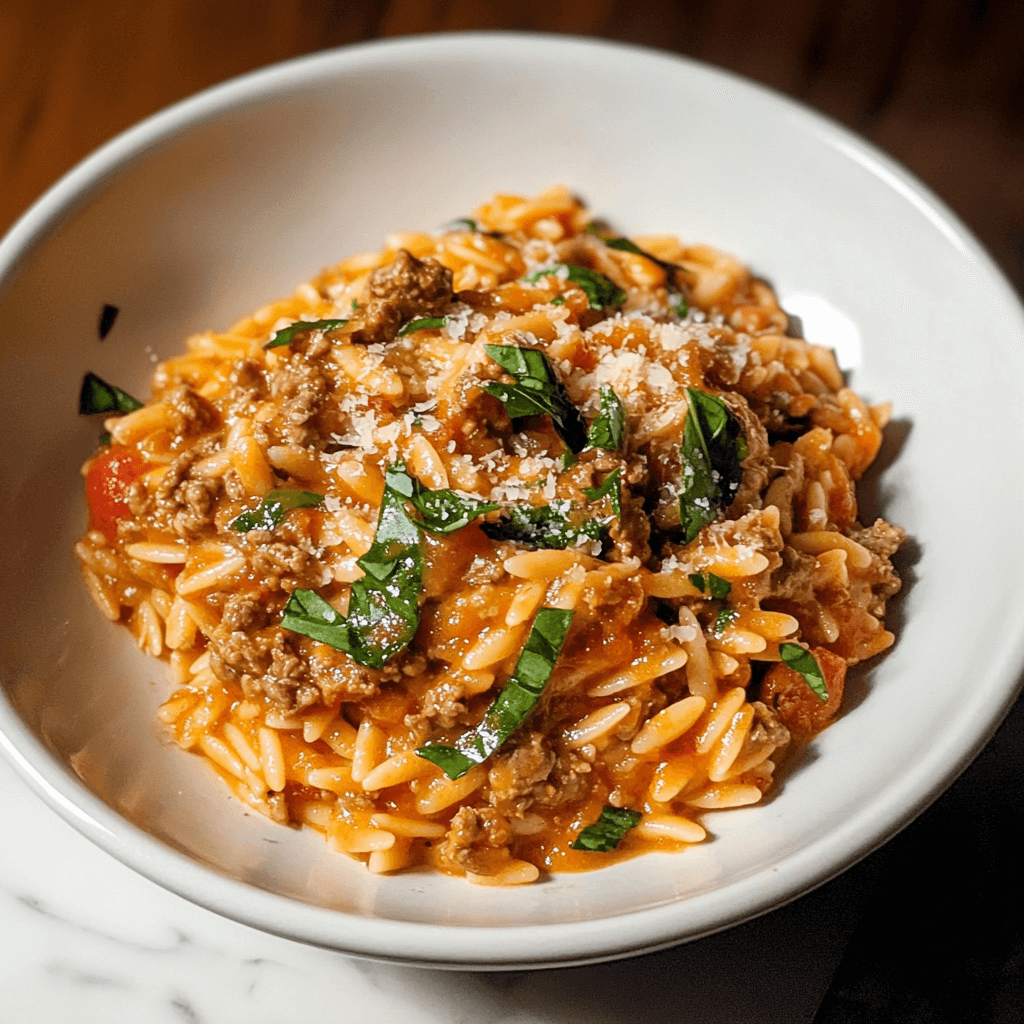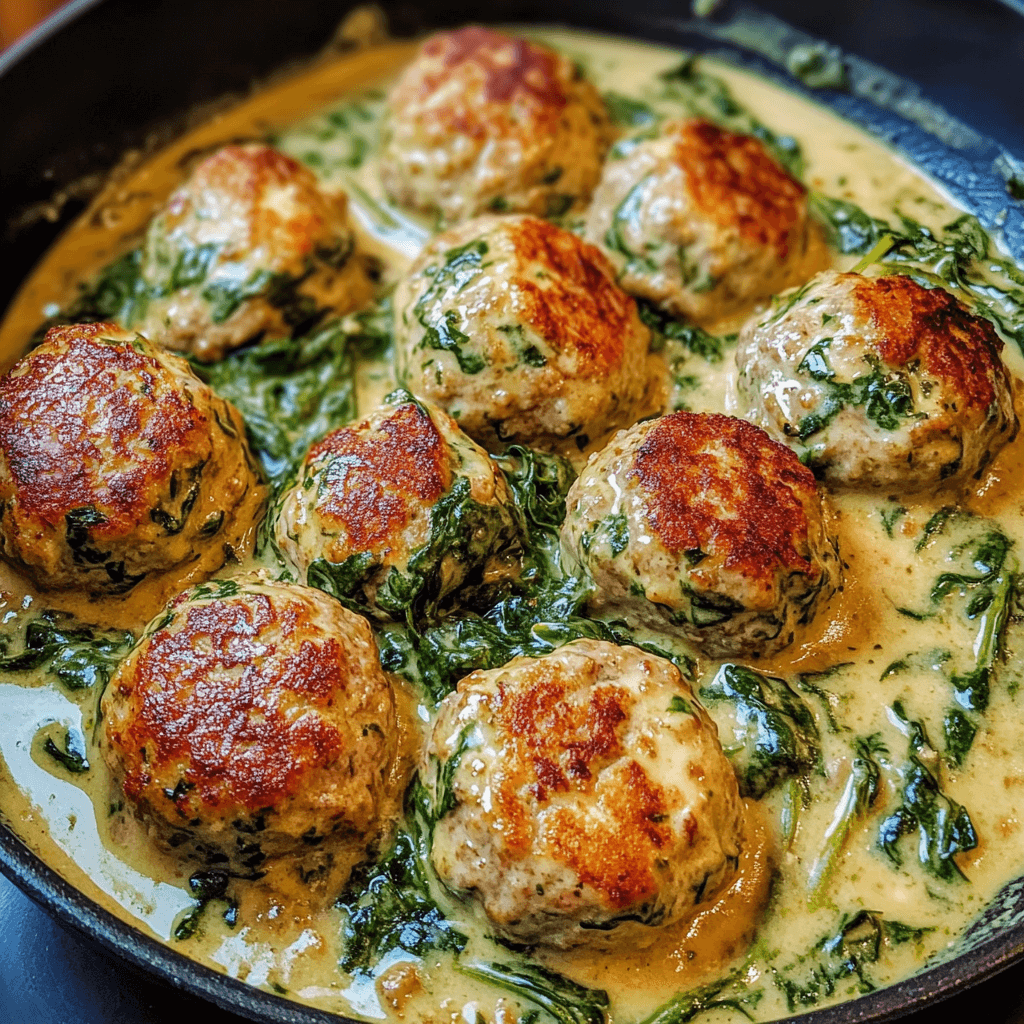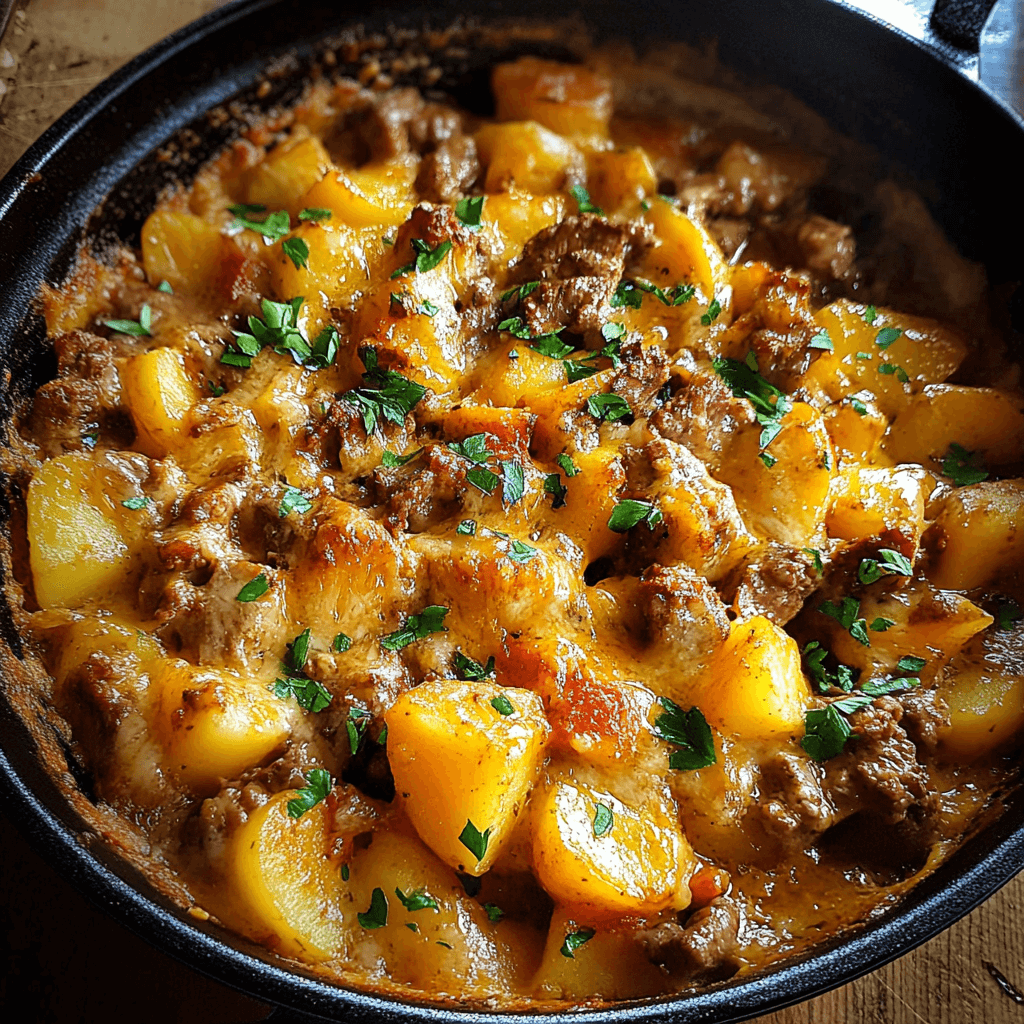Introduction
When you think of pesto, the first image that likely comes to mind is the bright green sauce made with fresh basil, pine nuts, garlic, Parmesan cheese, and olive oil. Traditional pesto is a go-to for adding vibrant flavor to pasta, sandwiches, and salads. But what if you could make pesto even more nutritious while retaining its bold flavor and versatility? Enter Broccoli Walnut Pesto—a refreshing and wholesome variation on the classic pesto that’s as healthy as it is delicious.
This unique twist on pesto swaps out the basil for broccoli, which is a powerhouse vegetable packed with fiber, vitamins, and antioxidants. Walnuts replace the usual pine nuts, offering a rich, nutty flavor that complements the broccoli’s earthy taste. The result is a creamy, nutrient-dense pesto that’s not only perfect for pasta but also versatile enough to be used in a variety of other dishes. Whether you’re looking to sneak more vegetables into your diet, want a more sustainable version of pesto, or simply enjoy trying new flavors, this Broccoli Walnut Pesto will quickly become one of your favorites.
In this article, we’ll guide you through every step of making this pesto from start to finish. We’ll also explore some ways you can customize the recipe, tips on how to store and reheat it, and how to incorporate it into your meals for maximum enjoyment.
Why You’ll Love This Recipe
- Packed with Nutrients: Broccoli is a powerhouse vegetable loaded with essential vitamins like Vitamin C, Vitamin K, and folate, along with fiber and antioxidants. Pairing it with walnuts adds heart-healthy fats and proteins to the dish, making it a filling and nourishing option for any meal.
- Vegan and Dairy-Free Options: This recipe can be easily customized to be vegan or dairy-free by simply leaving out the Parmesan cheese and replacing it with a plant-based alternative like nutritional yeast or cashew cheese. It’s a great option for those with dietary restrictions or those who are following a plant-based lifestyle.
- Quick and Easy to Make: In under 30 minutes, you can have a delicious, homemade pesto that’s much healthier than store-bought versions. It requires just a few ingredients and minimal prep time, making it a fantastic choice for busy weeknights or meal prep.
- Versatile: Though traditionally paired with pasta, this pesto works wonderfully as a topping for grilled vegetables, a sandwich spread, or a drizzle over roasted meats. It can also be served as a dip with fresh veggies or crackers, making it the perfect addition to any meal or gathering.
- Customizable: The beauty of pesto is how easily you can adapt it based on what you have on hand. You can switch up the nuts, add different herbs, or adjust the garlic and lemon to suit your taste. With so many variations, you can keep the recipe exciting every time you make it.
Ingredients
Here’s what you’ll need to make this Broccoli Walnut Pesto:
- 2 cups broccoli florets: Fresh broccoli is the base of this pesto. It provides a mild, slightly bitter flavor that complements the other ingredients. You can use frozen broccoli if fresh isn’t available, though fresh broccoli will give you the best flavor and texture.
- 1/2 cup walnuts: Walnuts are a great choice for this pesto due to their rich, nutty flavor. They also contribute healthy fats and protein. If you don’t have walnuts, you can substitute them with other nuts like almonds, pine nuts, or even sunflower seeds.
- 2 cloves garlic: Garlic adds a savory depth to the pesto and is essential in giving the sauce its characteristic bold flavor. You can adjust the amount of garlic depending on how much you enjoy its taste.
- 1/4 cup extra virgin olive oil: Olive oil is the key ingredient that helps blend the pesto into a smooth, creamy consistency. The high-quality fat adds richness and enhances the flavor of the other ingredients.
- 1/4 cup grated Parmesan cheese: Parmesan is a classic ingredient in pesto, giving it a salty, umami flavor. If you are following a dairy-free or vegan diet, you can replace the Parmesan with nutritional yeast or another plant-based cheese substitute.
- Juice of 1 lemon: Lemon juice brings a bright acidity that balances out the richness of the olive oil and walnuts. It cuts through the earthiness of the broccoli and brightens the overall flavor of the pesto.
- Salt and freshly ground black pepper: Salt and pepper are crucial for enhancing the flavors of the pesto. Be sure to season to taste, as the right amount of salt can really elevate the overall dish.
- Water: You’ll need a small amount of water to adjust the consistency of the pesto. Add it gradually to achieve your desired thickness.
Instructions
Step 1: Blanch the Broccoli
Start by blanching the broccoli florets. This is a key step that ensures the broccoli retains its vibrant color, tender texture, and nutritional benefits. To blanch the broccoli, bring a large pot of salted water to a boil. Add the broccoli florets and cook them for about 2-3 minutes. The broccoli should turn bright green and be slightly tender but still have some crunch.
Once the broccoli is blanched, use a slotted spoon to transfer it to a bowl of ice water to stop the cooking process. This technique, known as shocking, helps the broccoli maintain its bright color and prevents it from becoming mushy. Let the broccoli cool in the ice water for a few minutes, then drain it well and pat it dry with a paper towel to remove any excess water. This will ensure that your pesto doesn’t become too watery.
Step 2: Toast the Walnuts (Optional)
While the broccoli is cooling, you can toast the walnuts for a deeper flavor. To toast the walnuts, heat a small skillet over medium heat. Add the walnuts to the pan and cook, stirring occasionally, for about 2-3 minutes, or until they become fragrant and lightly golden. This step intensifies the nutty flavor of the walnuts and adds a subtle smokiness to the pesto.
If you’re short on time or prefer a more subtle walnut flavor, you can skip this step. The pesto will still be delicious without toasting the walnuts, but the toasted version adds an extra layer of complexity.
Step 3: Blend the Ingredients
Once the broccoli and walnuts are ready, transfer them to a food processor. Add the garlic, Parmesan (or nutritional yeast), lemon juice, olive oil, salt, and pepper to the food processor as well. Pulse several times to break down the ingredients, then continue blending until the mixture becomes smooth and creamy. You may need to stop and scrape down the sides of the processor to ensure everything is fully incorporated.
If the pesto is too thick for your liking, you can thin it out by adding a little bit of water or more olive oil, one tablespoon at a time, until it reaches your desired consistency. Taste the pesto and adjust the seasoning as needed. Add more salt, pepper, or lemon juice to balance the flavors if necessary.
Step 4: Serve
Once your pesto is ready, you can serve it in a variety of ways. The most common use is to toss it with pasta. If you’re using pasta, make sure to reserve some pasta water to thin the pesto and help it adhere to the noodles. Broccoli Walnut Pesto also works well as a topping for roasted vegetables, such as sweet potatoes, cauliflower, or Brussels sprouts. Spread it on toast, drizzle it over grilled meats, or serve it as a dip with fresh veggies or crackers. The possibilities are endless!
Storage and Reheating
Storage: This pesto stores well in the refrigerator for 4-5 days. To keep it fresh and vibrant, drizzle a thin layer of olive oil over the surface before sealing it in an airtight container. The olive oil helps preserve the color and prevents the pesto from browning. If you have leftover pesto, you can freeze it for later use. Simply pour the pesto into an ice cube tray, freeze the cubes, and then transfer them to a zip-top bag for storage. Frozen pesto can be kept for up to 3 months. When ready to use, just thaw it overnight in the refrigerator and give it a quick stir before serving.
Reheating: Pesto is typically served at room temperature or slightly warmed. If you’re tossing it with pasta, the heat from the noodles will help loosen the pesto to the perfect consistency. If you’re using it on roasted vegetables or in other dishes, there’s no need to reheat; simply drizzle it over your meal cold or at room temperature.
Recipe Variations
- Vegan Option: Omit the Parmesan cheese and replace it with nutritional yeast, which will give the pesto a cheesy flavor without the dairy.
- Creamy Pesto: For a creamier pesto, blend in half an avocado or a spoonful of Greek yogurt. This will make the pesto richer and smoother while still keeping it nutritious.
- Add Fresh Herbs: Fresh herbs like basil, parsley, or mint can be added to the pesto for extra layers of flavor and brightness. Use about 1/4 to 1/2 cup of herbs, depending on how herbaceous you want the pesto.
- Spicy Kick: If you like your pesto with a little heat, consider adding a pinch of red pepper flakes or even a chopped chili pepper to the food processor. This adds a nice contrast to the earthy flavor of the broccoli.
- **Add More Veggies**: For a more vegetable-packed pesto, try adding roasted red peppers, spinach, or even kale. These ingredients blend well with the broccoli and provide even more nutrition and flavor.
Conclusion
Broccoli Walnut Pesto is a fantastic alternative to traditional basil pesto that’s both nutritious and flavorful. It’s easy to make, customizable, and incredibly versatile, making it a perfect addition to your meal rotation. Whether you’re tossing it with pasta, spreading it on toast, or drizzling it over roasted veggies, this pesto is sure to become a go-to in your kitchen. It’s a delicious way to sneak more vegetables into your diet while still enjoying the rich, satisfying taste of homemade pesto. Enjoy the vibrant flavors of Broccoli Walnut Pesto at your next meal and feel good about nourishing your body with this wholesome sauce.
Print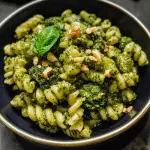
Broccoli Walnut Pesto: A Nutritious and Flavorful Twist on the Classic
- Total Time: 10 minutes
Description
If you’re looking for a fresh, nutrient-packed twist on the classic pesto, Broccoli Walnut Pesto is a vibrant and healthy option that’s just as flavorful as it is versatile. This pesto combines tender, blanched broccoli with the richness of toasted walnuts and the aromatic flavor of garlic, all blended into a smooth, vibrant green sauce. It’s a great way to incorporate more vegetables into your diet without compromising on taste. The walnuts provide a delightful nuttiness and healthy fats, while the broccoli adds a hefty dose of fiber, vitamin C, and antioxidants. This pesto can be tossed with pasta, drizzled over roasted vegetables, spread on toast, or used as a dip for your favorite snacks. Quick to prepare and packed with nutrients, it’s a great option for a wholesome, satisfying meal or snack. Whether you’re looking to boost the nutritional value of your meals or just want to try something new, this Broccoli Walnut Pesto is sure to be a hit in your kitchen.
Ingredients
- 2 cups broccoli florets: Fresh broccoli is the base of this pesto. It provides a mild, slightly bitter flavor that complements the other ingredients. You can use frozen broccoli if fresh isn’t available, though fresh broccoli will give you the best flavor and texture.
- 1/2 cup walnuts: Walnuts are a great choice for this pesto due to their rich, nutty flavor. They also contribute healthy fats and protein. If you don’t have walnuts, you can substitute them with other nuts like almonds, pine nuts, or even sunflower seeds.
- 2 cloves garlic: Garlic adds a savory depth to the pesto and is essential in giving the sauce its characteristic bold flavor. You can adjust the amount of garlic depending on how much you enjoy its taste.
- 1/4 cup extra virgin olive oil: Olive oil is the key ingredient that helps blend the pesto into a smooth, creamy consistency. The high-quality fat adds richness and enhances the flavor of the other ingredients.
- 1/4 cup grated Parmesan cheese: Parmesan is a classic ingredient in pesto, giving it a salty, umami flavor. If you are following a dairy-free or vegan diet, you can replace the Parmesan with nutritional yeast or another plant-based cheese substitute.
- Juice of 1 lemon: Lemon juice brings a bright acidity that balances out the richness of the olive oil and walnuts. It cuts through the earthiness of the broccoli and brightens the overall flavor of the pesto.
- Salt and freshly ground black pepper: Salt and pepper are crucial for enhancing the flavors of the pesto. Be sure to season to taste, as the right amount of salt can really elevate the overall dish.
- Water: You’ll need a small amount of water to adjust the consistency of the pesto. Add it gradually to achieve your desired thickness.
Instructions
Step 1: Blanch the Broccoli
Start by blanching the broccoli florets. This is a key step that ensures the broccoli retains its vibrant color, tender texture, and nutritional benefits. To blanch the broccoli, bring a large pot of salted water to a boil. Add the broccoli florets and cook them for about 2-3 minutes. The broccoli should turn bright green and be slightly tender but still have some crunch.
Once the broccoli is blanched, use a slotted spoon to transfer it to a bowl of ice water to stop the cooking process. This technique, known as shocking, helps the broccoli maintain its bright color and prevents it from becoming mushy. Let the broccoli cool in the ice water for a few minutes, then drain it well and pat it dry with a paper towel to remove any excess water. This will ensure that your pesto doesn’t become too watery.
Step 2: Toast the Walnuts (Optional)
While the broccoli is cooling, you can toast the walnuts for a deeper flavor. To toast the walnuts, heat a small skillet over medium heat. Add the walnuts to the pan and cook, stirring occasionally, for about 2-3 minutes, or until they become fragrant and lightly golden. This step intensifies the nutty flavor of the walnuts and adds a subtle smokiness to the pesto.
If you’re short on time or prefer a more subtle walnut flavor, you can skip this step. The pesto will still be delicious without toasting the walnuts, but the toasted version adds an extra layer of complexity.
Step 3: Blend the Ingredients
Once the broccoli and walnuts are ready, transfer them to a food processor. Add the garlic, Parmesan (or nutritional yeast), lemon juice, olive oil, salt, and pepper to the food processor as well. Pulse several times to break down the ingredients, then continue blending until the mixture becomes smooth and creamy. You may need to stop and scrape down the sides of the processor to ensure everything is fully incorporated.
If the pesto is too thick for your liking, you can thin it out by adding a little bit of water or more olive oil, one tablespoon at a time, until it reaches your desired consistency. Taste the pesto and adjust the seasoning as needed. Add more salt, pepper, or lemon juice to balance the flavors if necessary.
Step 4: Serve
Once your pesto is ready, you can serve it in a variety of ways. The most common use is to toss it with pasta. If you’re using pasta, make sure to reserve some pasta water to thin the pesto and help it adhere to the noodles. Broccoli Walnut Pesto also works well as a topping for roasted vegetables, such as sweet potatoes, cauliflower, or Brussels sprouts. Spread it on toast, drizzle it over grilled meats, or serve it as a dip with fresh veggies or crackers. The possibilities are endless!
- Prep Time: 10 minutes
Nutrition
- Calories: 180 kcal
- Fat: 15g
- Carbohydrates: 8g
- Protein: 5g

